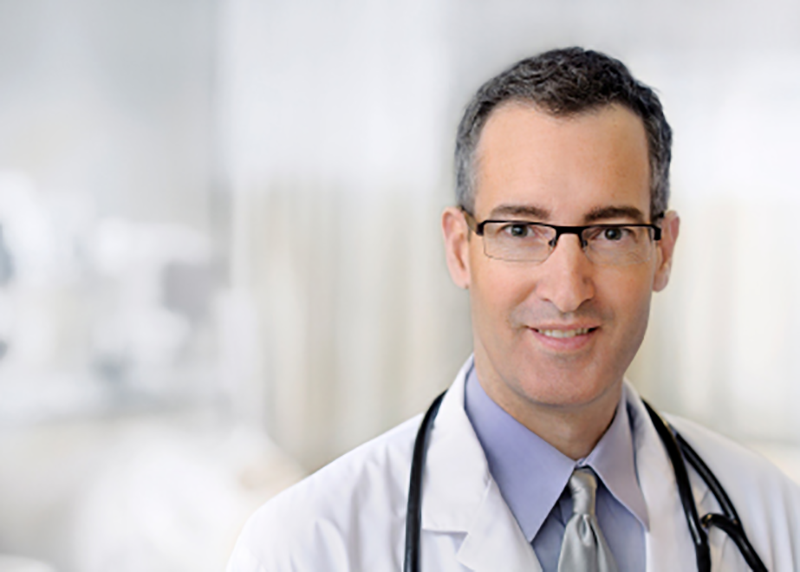A Safe Detoxification is Step One in Your Recovery Program

Safe Detoxification
Building safety into your life is a new concept when you are beginning your recovery journey. Until now, using any drugs (that have not been prescribed for you by a medical professional) has been the most important part, risky as it has been, of your life. Going into detoxification and recovery demands a different way of looking at the situation. Now, doing something as safely as possible is the new, and the highest, priority.
Once you decide not to engage in an addictive lifestyle, there are several phases you must go through. You have already accomplished the first step by making the decision to stop using. Now, you go through detoxification, commonly known as detox. Keeping safety in mind, this involves medical personnel, and may or may not be in a medical facility. Medical personnel monitor your detox from whatever drug(s) you need to get out of your system, and stand ready to administer medication, first aid, or emergency procedures as needed.
Detoxification Is Part of a Recovery Program
Detox is the part of a recovery program that takes the least amount of time. By itself, detox does almost nothing to help a person stop using. This is because detox by itself only takes care of the physical body’s need for the substance. Physical dependence is addressed; once detox is finished, you no longer have a physical need for the addictive substance. But, that doesn’t even begin to address what’s really going on. Sufficient drug use to qualify an individual as an addict rarely, if ever, occurs separate from other things happening in that person’s life. Although detox is often the most well-known and can be the most dramatic part of recovery, the next phases of your recovery journey are even more crucial. If you are in rehab, whether in- or out-patient, therapy and counseling are integral parts of the program.
Recovery is about regaining control of your life and taking it in a positive, life-affirming direction. This must include discovering and exploring the thoughts and feelings behind (or underlying) your drug use. If dealing with feelings this soon is too daunting a prospect to consider, the first therapy step can be behavioral therapy to work on learning more effective actions. This addresses the addiction and stopping using in the short term, without having to immediately dive into emotions. Furthermore, topics that involve feelings, emotions, and relationships need broaching and exploring will become part of the therapy part of the program.
How Rehab Programs Address Detox
The best rehab program addresses aspects of life that have not been traditionally associated with recovery. This includes, but is certainly not limited to, relaxation and stress-reduction, nutrition and healthier eating, meditation, physical health, decompressing from stressful situations, financial health, and finding and maintaining a healthy balance with work/school, home, and leisure.
In order to be successful, recovery must embrace all aspects of a person’s life. If we extend the safety aspect to the entire recovery spectrum, we see that detox, therapy and counseling, life skills, and aftercare, are all critically important parts of a safe and potentially effective recovery program. Medically-assisted detoxification, while an important first step, is only a small part of a safe recovery program.
References:
